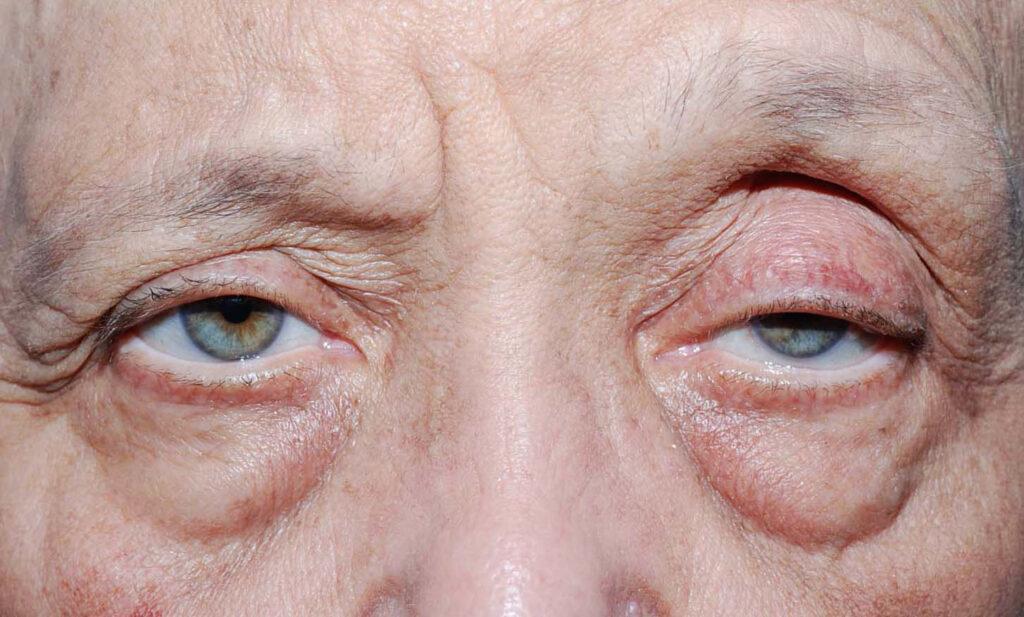Acquired blepharoptosis, commonly referred to as drooping eyelid, is a condition where the upper eyelid falls to an abnormally low position. This issue can impact both the functional and aesthetic aspects of the eye, potentially obstructing vision and affecting quality of life. In this guide, we provide an in-depth examination of acquired blepharoptosis, focusing on its causes, diagnostic techniques, and available treatment options.

What is Acquired Blepharoptosis?
Acquired blepharoptosis is characterized by the abnormal lowering of the upper eyelid. Unlike congenital blepharoptosis, which is present at birth, this condition develops later in life due to a variety of underlying causes. The severity can range from mild to severe, with significant cases leading to visual impairment.
Common Symptoms of Acquired Blepharoptosis
Patients with acquired blepharoptosis often experience:
- Drooping of one or both upper eyelids.
- Impaired vision due to obstruction of the pupil.
- Eyelid fatigue, especially during prolonged activities.
- Difficulty keeping the eyes open.
- A noticeable asymmetry in the eyelids.
Causes of Acquired Blepharoptosis
The causes of acquired blepharoptosis can be broadly categorized based on the underlying mechanism:
1. Myogenic Causes
Myogenic blepharoptosis arises from weakness or dysfunction of the levator muscle or Müller’s muscle, which are responsible for lifting the eyelid. Conditions such as myasthenia gravis and muscular dystrophy are common contributors.
2. Aponeurotic Causes
Aponeurotic blepharoptosis, the most common type in adults, occurs when the levator aponeurosis (the tendon-like structure of the levator muscle) becomes stretched or detached. Aging, long-term contact lens use, or previous eyelid surgeries are frequent culprits.
3. Neurogenic Causes
Neurogenic blepharoptosis is linked to nerve dysfunction, particularly of the oculomotor nerve, which innervates the levator muscle. Conditions like Horner’s syndrome or third nerve palsy are common causes.
4. Mechanical Causes
Mechanical blepharoptosis results from physical factors such as tumors, scarring, or excessive weight on the eyelid that hinder its normal elevation.
5. Traumatic Causes
Injury to the eyelid, muscles, or surrounding structures can lead to traumatic blepharoptosis, often requiring surgical intervention.
Diagnosing Acquired Blepharoptosis
A thorough diagnosis is critical for identifying the underlying cause and planning effective treatment. The diagnostic process involves:
1. Patient History
- Onset and progression of symptoms.
- Past medical and surgical history.
- Presence of any neurological or systemic conditions.
2. Physical Examination
- Assessment of eyelid position and symmetry.
- Measurement of the marginal reflex distance (MRD).
- Evaluation of levator muscle function and eyelid excursion.
3. Neurological Evaluation
- Examination of cranial nerve function.
- Tests to rule out neurogenic causes such as Horner’s syndrome or myasthenia gravis.
4. Imaging Studies
- CT or MRI scans may be recommended to assess underlying structural abnormalities or nerve damage.
Treatment Options for Acquired Blepharoptosis
Treatment of acquired blepharoptosis aims to restore eyelid function and aesthetics while addressing the underlying cause. Options include:
1. Non-Surgical Treatments
In mild cases or when surgery is contraindicated, non-surgical interventions may be effective:
- Ptosis Crutches: Special devices attached to glasses that support the eyelid.
- Medication: Treatments such as pyridostigmine for myasthenia gravis or botulinum toxin injections for temporary relief in neurogenic cases.
2. Surgical Treatments
Surgical intervention is often the most effective solution for moderate to severe cases:
- Levator Resection or Advancement: Tightening or reattaching the levator aponeurosis to restore its function.
- Frontalis Suspension: Connecting the eyelid to the frontalis muscle in cases of severe muscle dysfunction.
- Müllerectomy: Partial resection of Müller’s muscle for mild to moderate cases.
3. Treatment of Underlying Causes
Addressing the root cause is essential for successful management. For example:
- Managing systemic diseases such as diabetes or myasthenia gravis.
- Removing eyelid tumors or repairing trauma.
Potential Complications of Untreated Blepharoptosis
Untreated acquired blepharoptosis can lead to:
- Permanent vision impairment.
- Compensatory behaviors like tilting the head backward, causing neck strain.
- Psychological effects due to altered appearance.
Prognosis and Recovery
With timely diagnosis and appropriate treatment, the prognosis for acquired blepharoptosis is generally favorable. Surgical treatments often yield excellent functional and cosmetic outcomes. However, close follow-up is essential to monitor for recurrence or complications.
Acquired blepharoptosis is a multifactorial condition that requires a tailored approach for effective management. Understanding the causes, recognizing symptoms early, and seeking appropriate treatment are vital for restoring both visual function and quality of life. By integrating advanced diagnostic techniques and personalized treatment plans, patients can achieve optimal outcomes and regain confidence.

